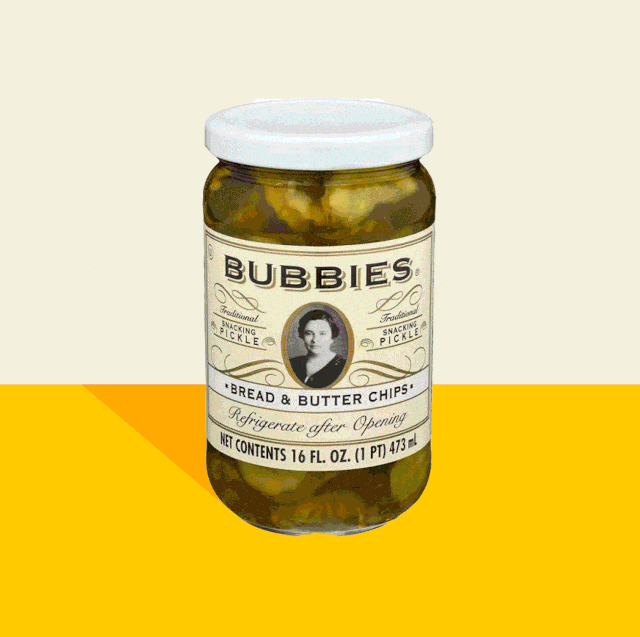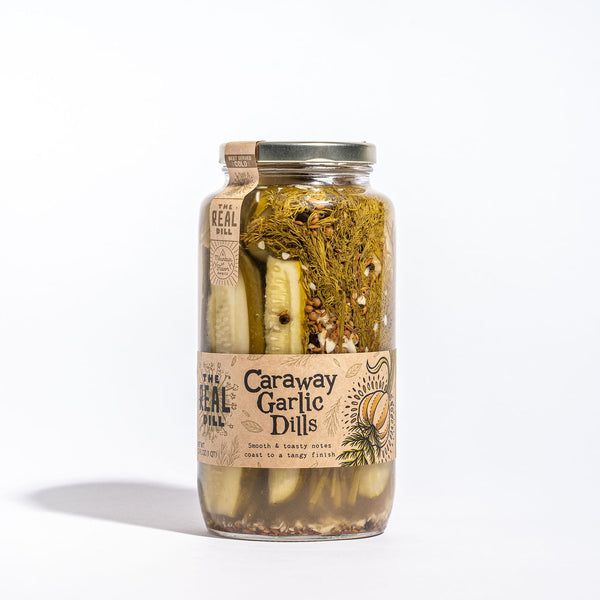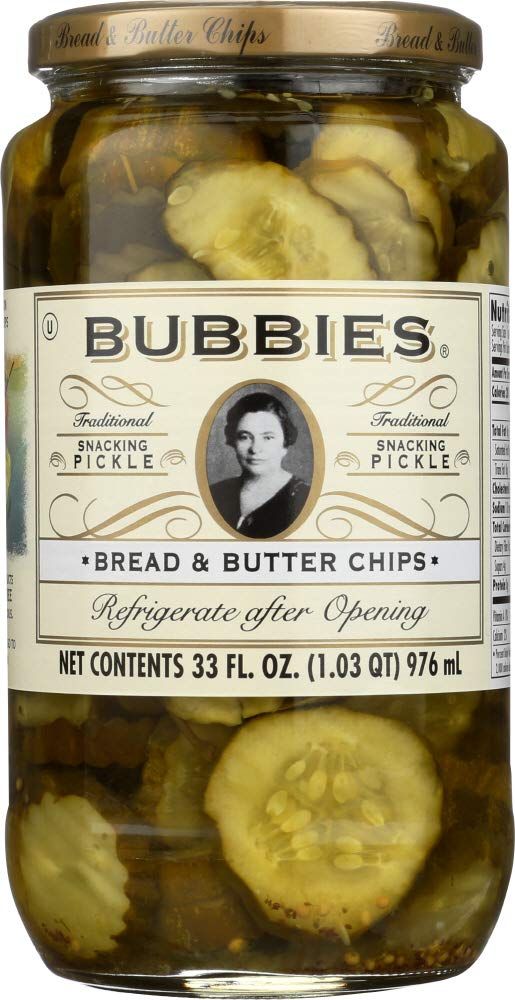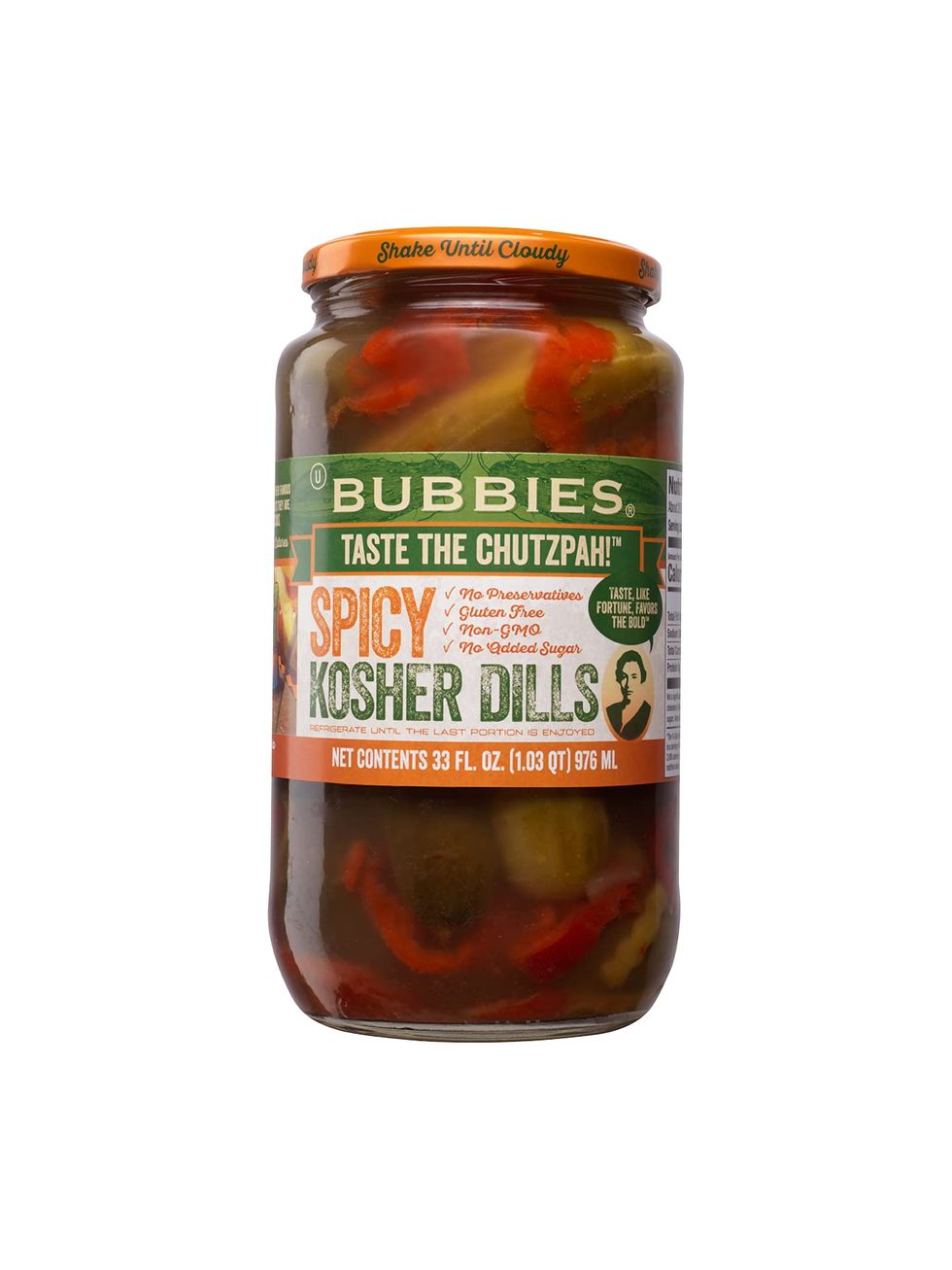- Kitchen Guide 101
- Posts
- 🥒 Brine & Dine: Flavorful Ferments🍋
🥒 Brine & Dine: Flavorful Ferments🍋
🧂 Savor the Craft of Preservation

Hey there, kitchen wizards! 🎩
🍴 Welcome back to another zesty edition of Kitchen Guide 101, where we're diving headfirst into the tangy, briny world of preservation. 🌍🥒
Hold onto your hats (and your pickles!), because we're about to embark on a flavor-packed journey that's as timeless as it is tasty.
From the crunchy embrace of a perfectly pickled cucumber to the secret life of sauerkraut, preservation is our culinary superhero, saving our beloved flavors from the villainous clutches of time. ⏳🦸♀️
In this issue, we're slicing, dicing, and spicing things up with:
Learn The Art with US!
Preserving food encompasses a wide range of techniques.
Whether it's the tang of a pickle, the sweetness of jam, or the robust flavor of cured meats, preserving not only extends the shelf life of foods but also enhances their taste and nutritional value.
Let’s begin preserving!
Canning Involves processing food in closed glass jars at high temperatures to eliminate microbes and enzymes that cause food spoilage. The key to successful canning is ensuring a sterile environment and a proper seal to prevent contamination.
Fermentation is one of the oldest food preservation techniques. The process not only preserves the food but also enriches it with vitamins and minerals.
Examples include sauerkraut, kimchi, yogurt, and kombucha. Each fermented product offers a unique flavor and health benefits.
Drying/Dehydrating inhibits the growth of microorganisms that cause food spoilage. You can Air, sun, oven dry, or use a food dehydrator.
Ideal for preserving fruits, vegetables, and herbs. Properly dried foods can last for months or even years, retaining most of their nutritional value.
Pickling involves immersing foods in vinegar or brine, Beyond cucumbers, a wide array of vegetables, fruits, and even meats can be pickled.
Jamming and Jellying involve cooking fruit with sugar until it reaches a gel-like consistency, then storing it in sterilized containers. The natural pectin in fruits helps in gel formation.
Jams and jellies are delightful ways to preserve the taste of seasonal fruits.
With Preserving techniques, we can enjoy the bounty of each season to its fullest, reducing waste and enhancing our culinary experiences.
Cool, Briny Pickles Straight From The Fridge
Quick pickling is a brilliant solution for preserving a plethora of vegetables from the market or your garden.
INGREDIENTS
1 pound fresh cucumbers, carrots, green beans, cherry tomatoes
2 sprigs thyme, dill, or rosemary
1-2 tsp black peppercorns, coriander, mustard seeds
1 tsp dried herbs or ground spices
2 cloves garlic, smashed or sliced
1 cup white vinegar
1 cup water
1 tablespoon kosher salt
1 tablespoon sugar
Instructions:
Wash and dry and cut vegetables into desired shapes and sizes.
Add the flavorings Divide the herbs and spices between the jars.
Pack the vegetables into the jars with a 1/2 inch of space from the rim of the jar to the tops of the vegetables.
Boil vinegar, water, salt, and sugar in a small saucepan. Pour this brine over the vegetables, filling each jar to within 1/2 inch of the top.
Gently tap the jars to remove air bubbles.
Seal the jars tight.
Cool and refrigerate — try to wait at least 48 hours before cracking them open.
RECIPE NOTES
These pickles can be stored in the refrigerator for up to 2 months.
The Best Pickle Brands
There's truly a pickle for everybody.

It's no secret that we love pickles. When it comes to ingredients, pickles are our bread and butter (pun intended).
But with such a wide variety, it's difficult to decide which pickle brand belongs in your fridge.
So we did the hard work for you by trying every jar we could get our hands on.
This one came the closest to offering the perfect pickle. The combo of dill and garlic keeps the flavor classic and adaptable for just about any application.
"McClure's always hits."
Dill lovers, this one's for you. The Real Dill infuses their cucumbers with a strong dill flavor that offers an herbaceous counterpoint to the salty, sour tang.
Sometimes we're craving a pickle that veers closer to a fresh cucumber, and Grillo's hits the spot. "They're not too pickly—epic!"
Made with cane sugar, nicely balanced with the brine. I kept going back for more. I simply love these pickles,
The hot peppers provide a spice that sneaks up on you, It's pickle-y but with a nice kick that doesn't ruin your mouth,"
We could easily see ourselves using these in a sandwich or bringing them to a barbecue.
Now that you’ve made or bought your pickles, get ready to serve them in style with this amazing Amazon purchase
with water seal airlock lid, its spill proof and fancy!
Fermenting jars make pickled veggies last for years without any artificial additives.
The burp lids of this pickling kit let fermentation gases escape while keeping air out, ensuring your vegetables are properly preserved and ready to eat.
The water lock prevents any pickling odors from escaping.
Clear glass allows you to see the contents.
1.21-gallon capacity, approx. 10.9"H x 8" W.
Make probiotic-rich kimchi, sauerkraut, peppers, beets, pickles, and more at home!
That’s All Folks!
As we wrap up this super preserved salty and savory edition, Stay Tuned for more kitchen tips, tricks, hacks, and recipes!
Till then, Hasts La Proxima Ves,
The Kitchen Crew.





